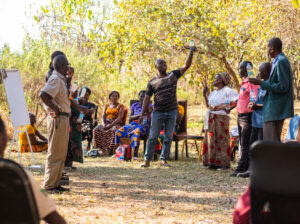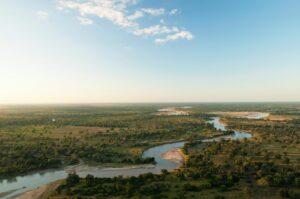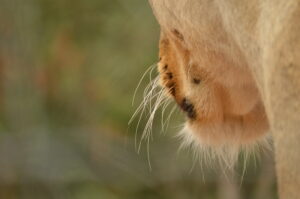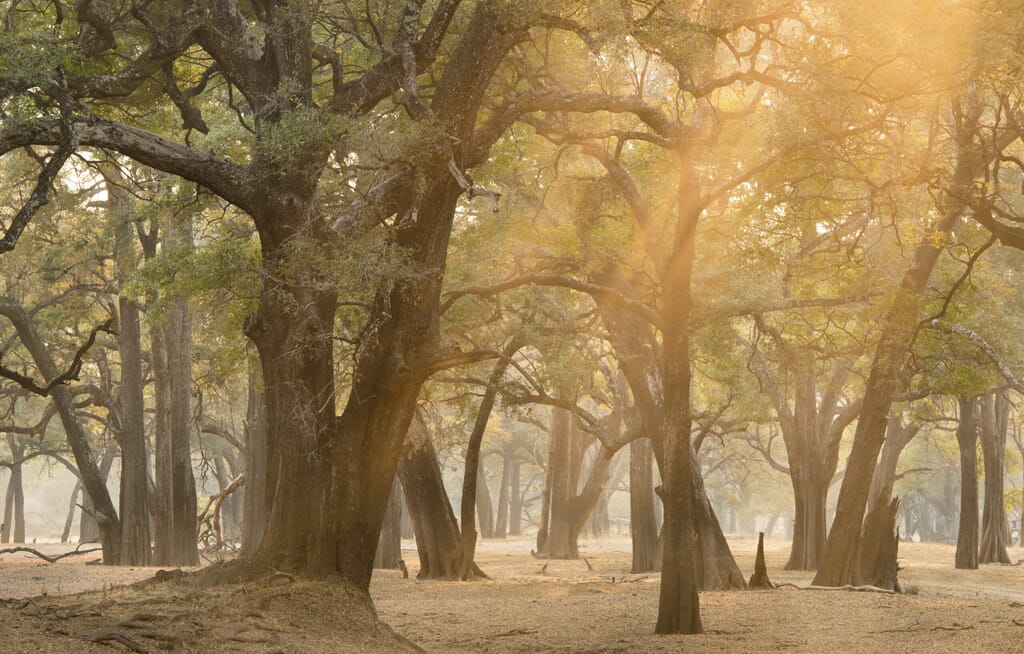It has been a hot few years – the warmest 8 ever recorded – fueled by ever-rising greenhouse gas concentrations and accumulated heat. What we’ve seen over this year around the World is no coincidence of events, it is a result of the earth heating up and a culmination of climate change-induced natural disasters striking at, what seems like – all at once. Wildfires in Australia, North America, and Greece; catastrophic flooding in Turkey, Pakistan, and Norway; El Nino is back with a vengeance, with heat waves across Europe, the Americas, and Asia, while droughts plague East Africa. We are reading yet again that the month just passed is the hottest on record. And the daunting part is that scientists are warning this is just the beginning, with conditions only worsening over the next decade! Environmental disasters will become more and more of the norm… and are no longer just impacting the Global South!

This is climate change.
We have to make changes as a global community – there is no question about that, but our argument is that it has to be so much more than transitioning to renewables and finding more environmentally sustainable solutions to the energy crisis. That should only be where it starts, it is our responsibility to take collective action to help mitigate and adapt to how climate change impacts the world’s most vulnerable people – most often indigenous communities who have coexisted peacefully with nature for centuries, but who are now facing food insecurity, infrastructure damage, and a threat to lives and livelihoods due to unprecedented weather patterns brought on by climate change.
Climate change has been largely due to industrialization that these communities have not been part of, nor contributed to up until recent years. We see carbon offsetting as a way to tackle the issue now while targets are reached before it is too late. Before there were no forests left to protect. For, once they are gone, they will be gone.
Communities need to be included, empowered, and supported as part of the decision-making process for carbon offsetting to work as a tool to combat climate change.
While the private sector, governments, and NGOs all hash out how to make a universal and jurisdictional approach to offsetting work at national levels, we cannot exclude communities. The private sector has the capital to invest in alternative options, governments have other natural resources to turn to, while communities have the forests and the land they stand upon. If we cannot make this work, they will have nothing and we will have all lost the opportunity to protect existing forests and restore those under threat.
Offsetting emissions is a form of corporate responsibility and accountability. It is a way for businesses to offset what they emit while they find ways to cut emissions, transition to more efficient usages, and eventually reach Net Zero. This is important, because what are the alternatives while we race to reach Net Zero and try and mitigate and adapt to climate change?
But it is so much more than this.

Carbon offsetting helps to reduce greenhouse gas emissions and mitigate climate change. By investing in projects that reduce or remove carbon dioxide from the atmosphere, such as avoiding deforestation, REDD+, reforestation, renewable energy, or energy efficiency initiatives, carbon offsets play a significant role in combating global warming.
As it stands this is a voluntary market, that does allow for ‘carbon cowboys’ to historically operate undetected and have in many ways given this industry a less-than-perfect name. But most of us are genuinely committed to working towards the greater good, with our main focus on co-benefits to communities and the environment as a result of ensuring the well-being of people.
A ton of CO2 purchased is more than just a ton of emissions reduced.
What we sell is not tangible in the literal sense because you cannot see it. But, under the 3 pillars of Climate, Community, and Biodiversity we adhere to following CCB standards, we invest each ton purchased in Community, Climate, and Biodiversity… going a whole lot further than what you ‘see on the box’.
These co-benefits promote sustainable development. We’ve witnessed transformed local economies, with the Luangwa Community Forests Project in particular experiencing a 220% kwacha increase at a household level over the past 5-6 years since its inception. We’ve seen economic opportunities for local communities; job creation (an estimated 2000+); improved access to water, education, and health, robust and sustainable agricultural practices through BCP’s climate-smart agriculture training initiative; infrastructure development; improved governance; and much-needed investment to support social welfare programs.

This integration of conservation and socio-economic development is a holistic and sustainable approach to building resilience of local economies to protect them against climate change-induced hardships.
Many carbon offset projects (such as BCP’s dryland forests projects) focus on preserving and restoring natural ecosystems, which include forests, wetlands, or grasslands. These projects help protect biodiversity, prevent deforestation, maintain water quality, and preserve habitats for wildlife.
Just last year we celebrated the return of lions and saw wild dogs making safe passage through Rufunsa Conservancy, where our first project, the Lower Zambezi REDD+ Project, is based.
This demonstrates how all of the necessary parts are speaking to one another: resource protection and scout deployment are working; tracking equipment is monitoring the predator’s movements, and most importantly, the communities who share alongside these wild spaces are receiving alternative revenue streams and livelihood training that means they do not have to encroach on the forests. They contribute to the overall conservation of ecosystems and its services.
The design is working.
